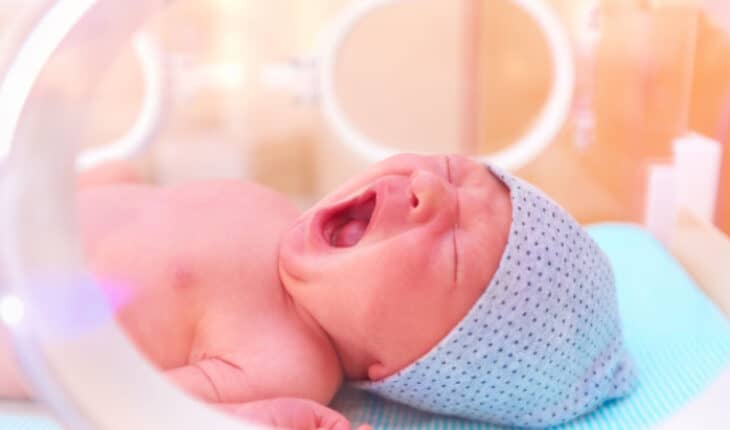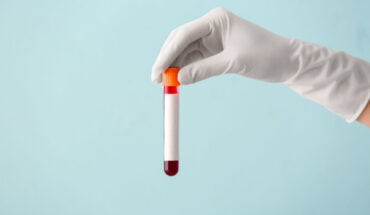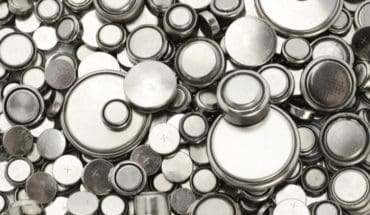How common is brain damage at birth? Causes and effects.
In the UK, most expectant mothers are fortunate enough to be eligible for a guaranteed high quality of care during every stage of the birthing process. From prenatal appointments to group sessions with other new mothers, the dutiful care from the 22,000 NHS midwives in the UK is of an excellent standard.
Occasionally, even if the circumstances during pregnancy seem normal, catastrophic injuries can still occur. Though uncommon, brain injuries can happen shortly, before, during or after birth, so it’s important to raise awareness for mothers and staff in neonatal wards.
What is brain damage?
Brain damage occurs when brain cells are harmed or destroyed.
The most common type of brain damage in new-born babies is called hypoxic-ischemic encephalopathy, known as HIE. It occurs when the oxygen supply to the baby’s brain is reduced for an extended period, when brain cells start to die. Generally, the longer the shortage of oxygen, the more severe the injury.
What are the signs of brain damage in new-born babies?
Brain damage symptoms are usually obvious immediately after birth but will vary depending on how severe the injury might be. In mild cases, symptoms frequently resolve within a few weeks. In mild to moderate cases, midwives and nurses might notice:
- Muscle stiffness and abnormal tendon reflexes in the first few days
- Feeding problems and extreme irritability
- Excessive sleeping or crying
- Lack of muscle tone
- Inability to grasp and poor sucking reflex
- Seizures, typically within the first few days
If a new born is severely affected by a brain injury, extreme seizures are common. Babies also might be unresponsive to external stimulus, suffer from irregular breathing, and show abnormal heart rate and blood pressure. These effects might lead to cardiorespiratory failure, which can be fatal.
Is there any treatment for brain injury in babies?
As soon as any signs of HIE have been confirmed in a new born, medical staff refer to the method of body and head cooling – known as therapeutic hypothermia. This aims to bring the baby’s core temperature below normal levels soon after birth, slowing down the cellular damage process occurring within the brain.
In turn, the long-term impact is minimised. However, existing damage to the brain is permanent and unfortunately cannot be repaired by any medical method. As they grow older, children might take medication or undergo therapy to help manage the effects of HIE.
Affected families might choose to work closely alongside brain injury solicitors for lifelong financial support and justice, especially if the injury was the result of negligent actions by staff.
How does brain damage occur at birth?
Brain damage from a birth injury can happen before, during, or shortly after birth. HIE is caused by loss of blood flow and therefore oxygen into the baby’s developing brain. This is known as hypoxia for partial reduction of oxygen supply.
Without oxygen, cells inside the brain rapidly start to break down and die. The most common causes of oxygen deprivation include:
- Umbilical cord issues including twists, compressions, or pinches
- Birth canal delays
- Traumatic delivery
- Separation of the placenta
How common are brain injuries at birth?
Analysing data on births between 2010 and 2015, research by Imperial College London has estimated that five babies in every 1,000 born in England each year suffer a sign or symptom linked to brain injury.
While these types of injury are relatively rare, it’s crucial to know the risks. Being able to spot the signs means that early intervention could reduce further damage to the brain, improving the long-term outlook for the baby.
- Combination of drugs could prevent thousands of heart attacks - 21st April 2025
- UQ Study Links Poor Teen Diets to Heavy Social Media Use - 21st April 2025
- Gut microbiome could delay onset of type 1 diabetes - 3rd April 2025






